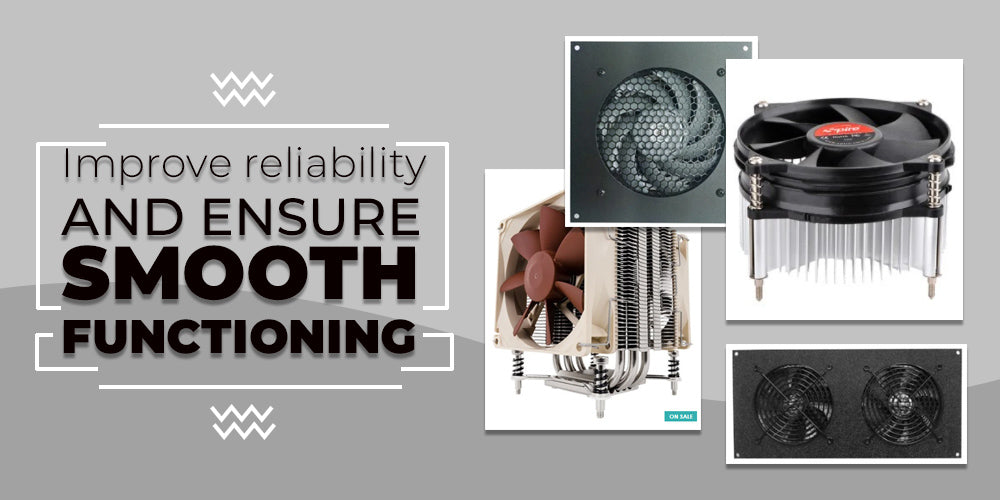What is the purpose of an electronic cooling system?
All electronic devices and circuits generate excessive heat while functioning. The heating up of the electronic components needs proper thermal energy regulation. This is to improve the reliability and ensure the smooth functioning of the electronic appliance. There are several techniques for cooling, and some of the most popular ones include heat sinks, thermoelectric coolers, forced air systems, fans, heat pipes, and others. For example, an electronic cabinet cooling system works by sucking in cool air at the bottom vent, and because heat rises, the hot air exits out of the top vent.
How vital is your electronic cooling system?

If we look at the purpose of an electronic cooling system, thermal management comes in as a significant factor for the safety of your electronic devices. The vitality of efficient and effective cooling enables sustainability in terms of safety and usability. Reducing the temperature of the primary system and the associated circuitry means cushioning the electronic components from any adverse effects of overheat that could eventually hamper their working lifespan. In short, the main purpose of an electronic cooling system is to allow your machine to work at faster-operating speeds. It is as simple as managing the amount of heat output to match it with the power input without any unwanted energy interactions.
What are the existing cooling methods based on the heat transfer effectiveness?

As each new device hits the market, the pressure to lower the costs of the cooling systems and the approach to maximize the heat-transfer effectiveness comes as a significant challenge. Unless they are adequately cooled, their typical performance and longevity can deteriorate faster than expected. In addition, the failure rate of electronic equipment increases with increasing operating temperature. There have been ways to tackle these and based on heat transfer effectiveness. The traditional cooling modes can be classified into four general categories which are:
- Natural convection
- Forced convection air cooling
- Forced convection liquid cooling
- Liquid evaporation
Is uneven power dissipation still a challenge with the newly emerging devices?

Despite impressive progress made with the electronic cooling systems, the amount of heat produced from the flux generation in some high-tech electronic gadgets is inadequately high. High-performance electronic devices and chips use innovative techniques designed to work to employ maximum heat dissipation. The modern-day electronic devices with high powered densities, and therefore, there have been various thermal management systems used extensively in recent years. These can be broadly classified into active and passive systems. These include:
- Electroosmotic pumping
- Microchannels
- Thermosyphons
- Absorption refrigeration systems
The intent, after all, is to reduce the load on very compact, lightweight, and technologically advanced electronic devices. A switch to more brilliant cooling methods could only be achieved with superior cooling performance. These latest electronic cooling systems have been provided with cutting-edge technology, which makes them grab great attention from researchers and industries. It is time you replace the older techniques with the latest ones for faster cooling rates.

